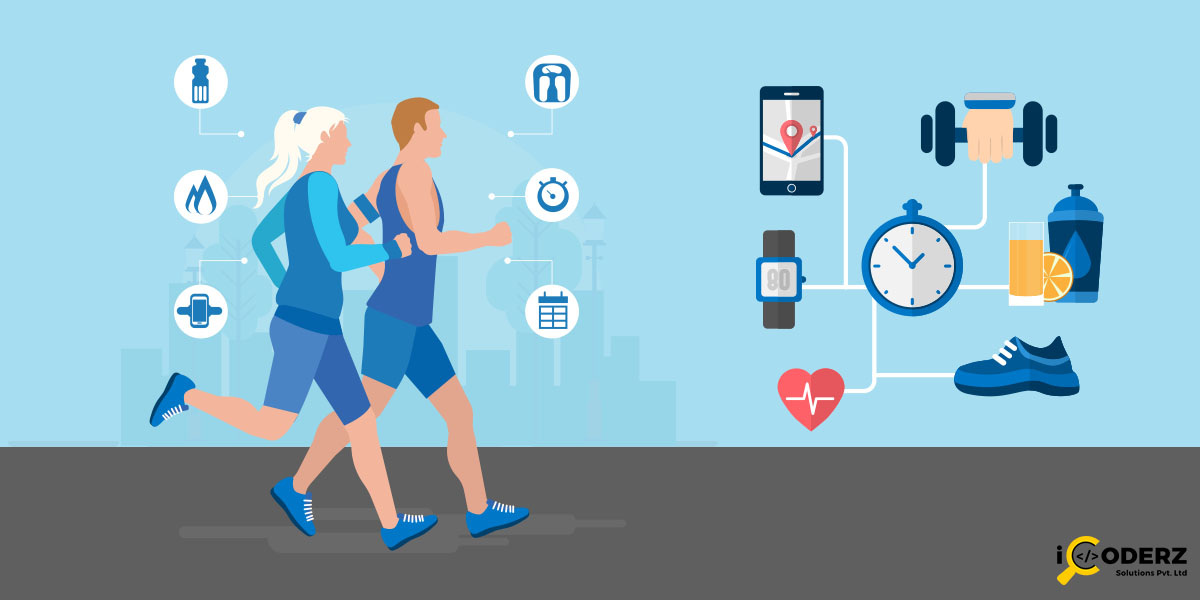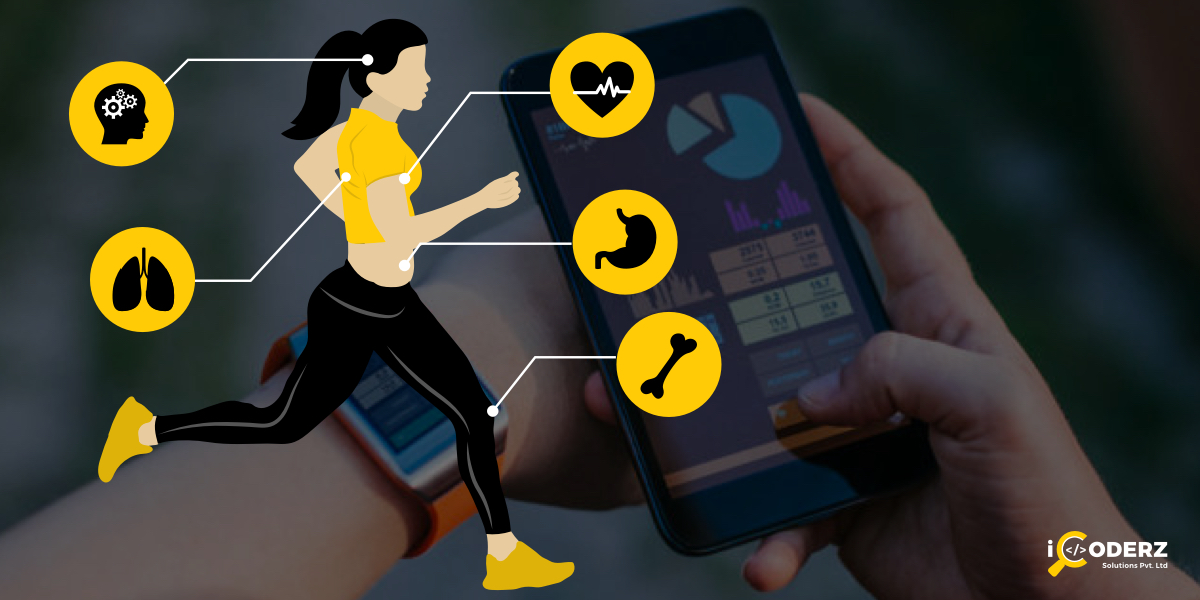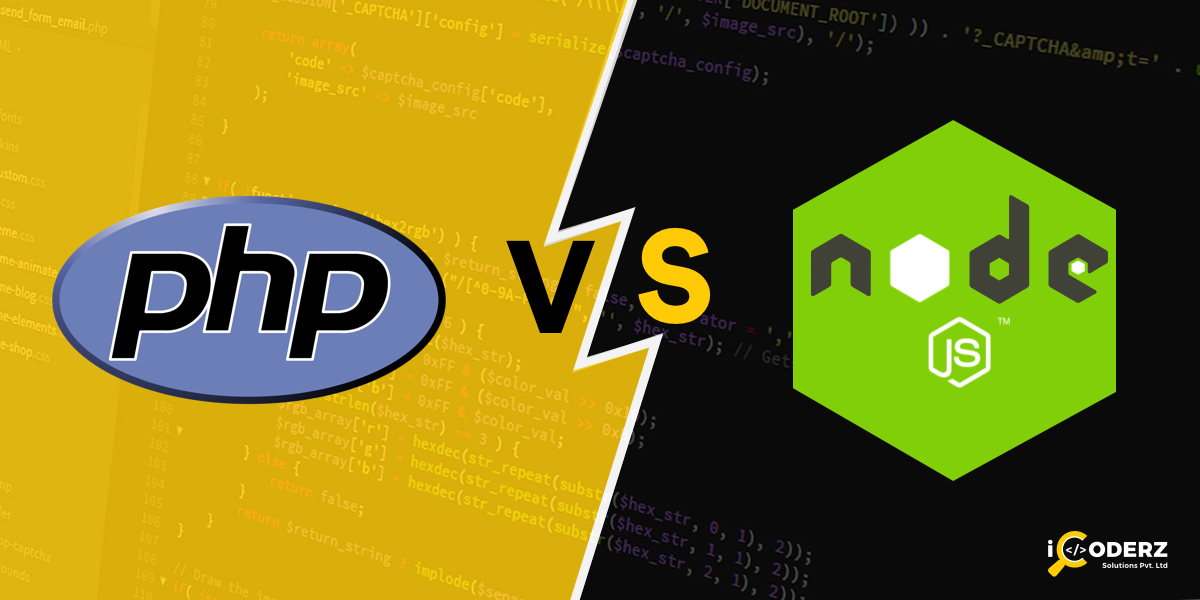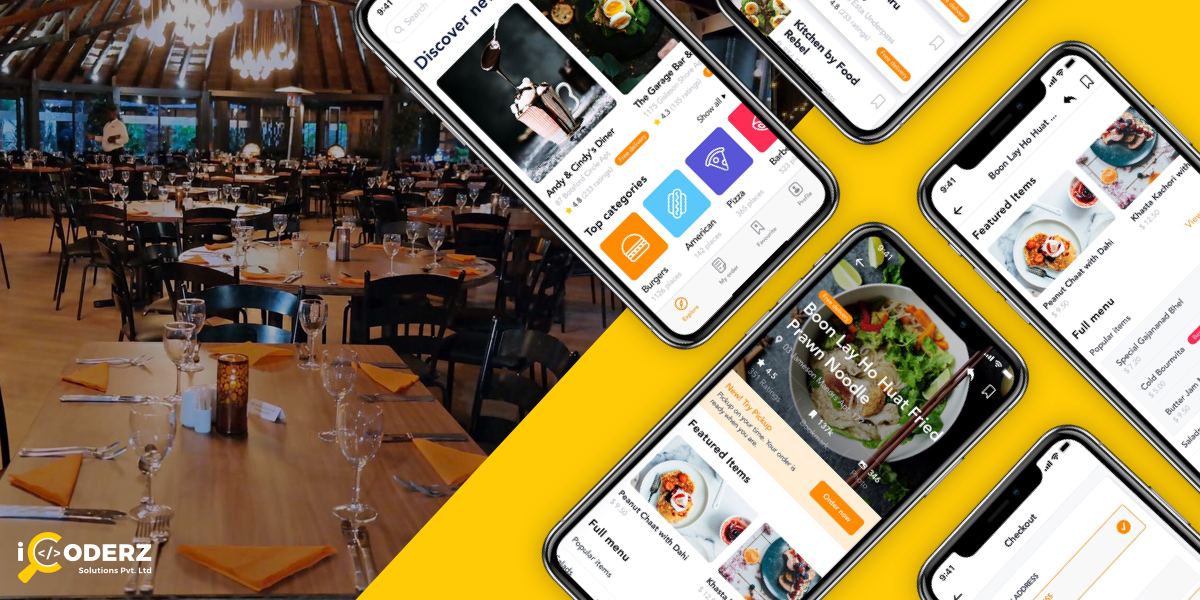Table of Contents
Health and fitness app development is in high demand now. That is the reason many investors are investing millions of dollars in mobile apps like Strava. And, that is the reason Apple and Google are also making their play in that field. It is indeed interesting times for health and fitness app development.
Apple’s ‘Health’ App
iOS has been offering health and fitness app called ‘Health’ for a long time now. This app was quite rudimentary at the time of its launch. But it has now grown into a huge platform now. Apple wants to make it the central hub of your health records and fitness tracking. It also envisions bring hospitals, healthcare professionals and patients, as in general people, on one platform using the ‘Health’ platform. It is also compatible with many health and fitness accessories. iOS 13 is also going to add a few features in the ‘Health’ app. For example, it will add a feature for tracking the menstrual cycle of women. There are many other things in the health and fitness app development, that it will take a step forward with every iteration of iOS.
Apple Watch
Apple watch and the WatchOS also includes elements of health and fitness app development. It is, in fact, a step ahead in that direction. The latest Series 4 watch has a well accurate ECG feature. Appropriate authorities have approved it for its accuracy. In addition, there have been scattered reports of Apple Watch saving lives of people in case of emergencies like cardiac arrest.
Google Fit App

On the other hand, Google is not far behind. ‘Google Fit’ is their in-house health and fitness app development. It is, more or less, the same as the ‘Health’ app for iOS. Google Fit is also moving forward in the direction of an all in one health platform. It supports plenty of health and fitness accessories. As it is Android, it is open to all and it has more chances of widespread adoption too. Recently Google Fit also ventured into the App Store with an iOS app development because they all know how important this segment is.
Incentives Of Health And Fitness App Development
Why are these companies are spending so much time, money and resources? Are there any incentives for them? Yes, incentives are obvious: More data and more users. The more a user invest in an ecosystem, the less likely he is to leave it. It also increases the overall engagement of users within the ecosystem. As a result, they are bound to spend more time, money and resources on health and fitness app development.
An Excellent Alternative
More and more people are becoming aware of their health and fitness but all of them don’t go to the gym.
Joining a gym is quite easy. Going there every day and sweating is a task in itself. Half of the new joiners of gyms leave within the first three months of joining. Those who continue also think of leaving it sooner or later. Only about 20% on the new joiners continue to put in efforts regularly. The rest either find an alternative or stop completely.
Health and fitness app development provides an excellent alternative to the gym. It is a mobile app so people can have it in their pocket, they can access it anytime they want and it also keeps tracking their activity. End of the day, they can check their activity log and do the needful to meet their goals.
Increased Awareness

People have become more aware of their health and fitness. As the digitalization and robotics are entering our day to day lives and toiling on behalf of us, the physical activity of humans have reduced dramatically. We all know this and we also know that our body requires rigorous activity to stay fit and fine. So, we do yoga or join a gym, buy various fitness bands and download at least one health and fitness app on our mobile.
Continuous Revenue Generation
There are plenty of iOS apps and Android apps available for the same and we are willing to pay for them too. In fact, health and fitness app development is so much in demand because very few categories earn as much as this category. People are willing to pay for their health and fitness. They buy the paid plans of such apps and they also subscribe to them, if they like. So the health and fitness app development is able to generate a regular stream of revenue and that is the reason it is a darling of startups and businesses.
A Unique Idea
When you are a startup and thinking about health and fitness app development, what you need is a unique idea. Everything else will follow and the pieces of the puzzle will fall into place.
Take, for example, the 10000 steps app. They had a unique but very simple idea and they banked upon it. Additionally, they also added the social element to stay relevant in this social age. Thame same is true for health and fitness apps like Strava, Lose It, 7 Minute Workout, Runtastic, and many others.
If the uniqueness of your mobile app is attractive enough, to begin with, a full stack mobile app development company can handle the rest of it. They can create a great user interface (UI) and deliver gratifying user experience (UX) to keep your users hooked to your app.
iCoderz Solutions
iCoderz Solutions is a full stack mobile app development company with equal expertise in web development too. We have dedicated teams of experienced developers for iOS app development, Android app development, cross-platform mobile app development, web development and UI/UX design. Our dedicated teams of mobile app development have delivered more than 400 mobile apps and web development teams have developed more than 100 websites. The tally is our global clientele is in the north of 300 with a very high retention ratio. Our dedicated business developers can guide your startup in the right direction by discussing everything with you. If you are thinking about turning your idea into reality, you have landed on the right page. Get in touch with us to know more and have a quote now.
- How Is The Technology Helping In Cutting Down The Cost And Improving The Efficiency?
- Doctor Appointment Booking App For Efficient OPD Queue Management
- How Much Does It Cost To Develop An On Demand Doctor App Like Heal App?
- How Much Does It Cost To Develop An On Demand App Like Go-Jek?
- Why Is An On Demand Doctor App A Bliss To Both Patients & Doctors?





3 comments